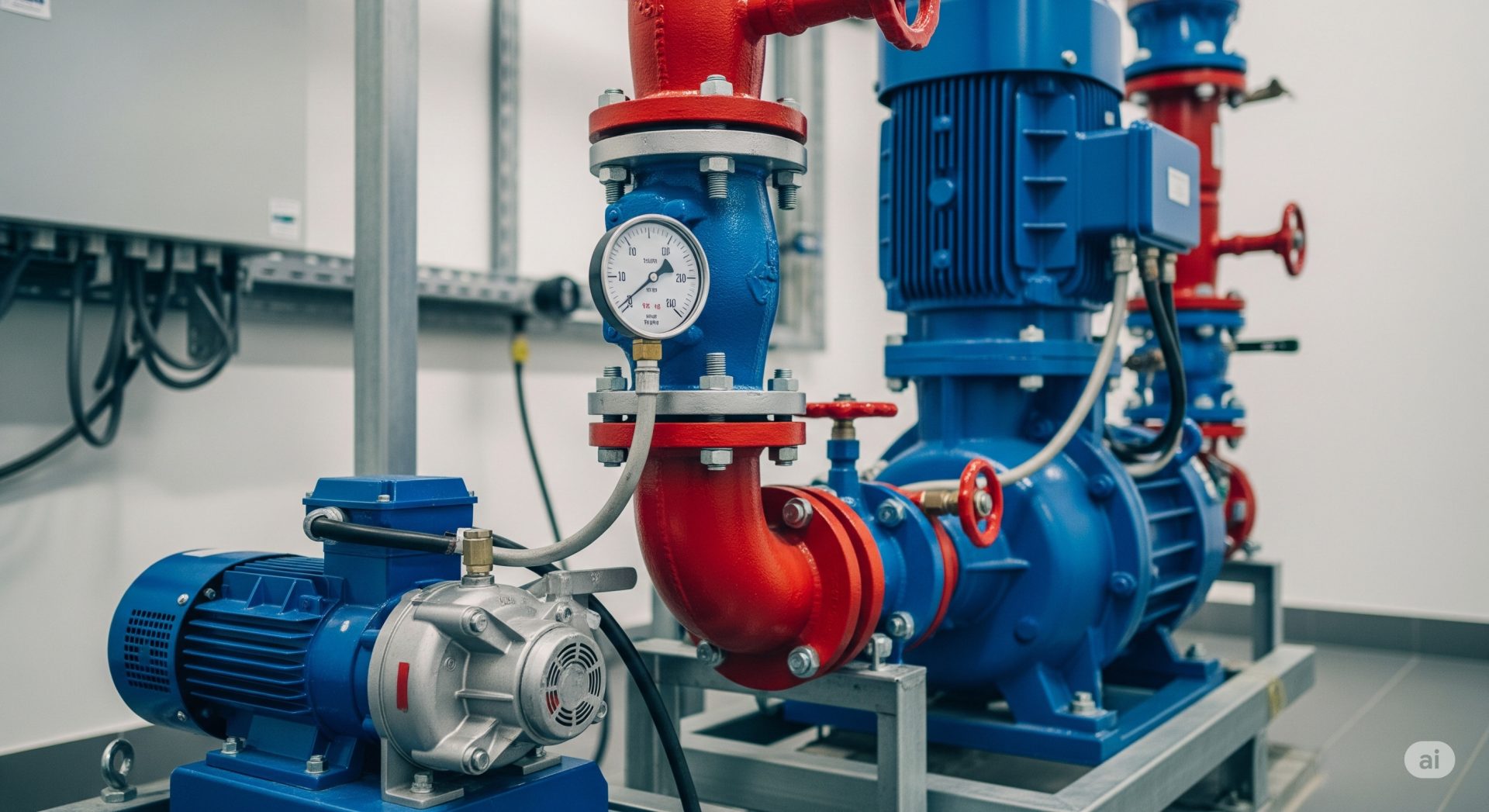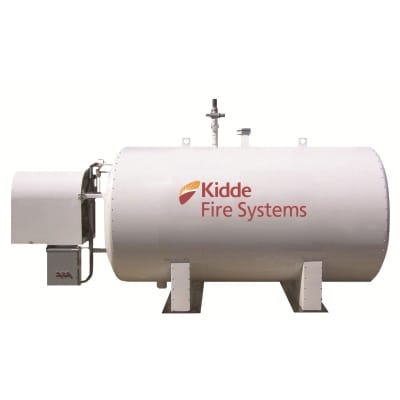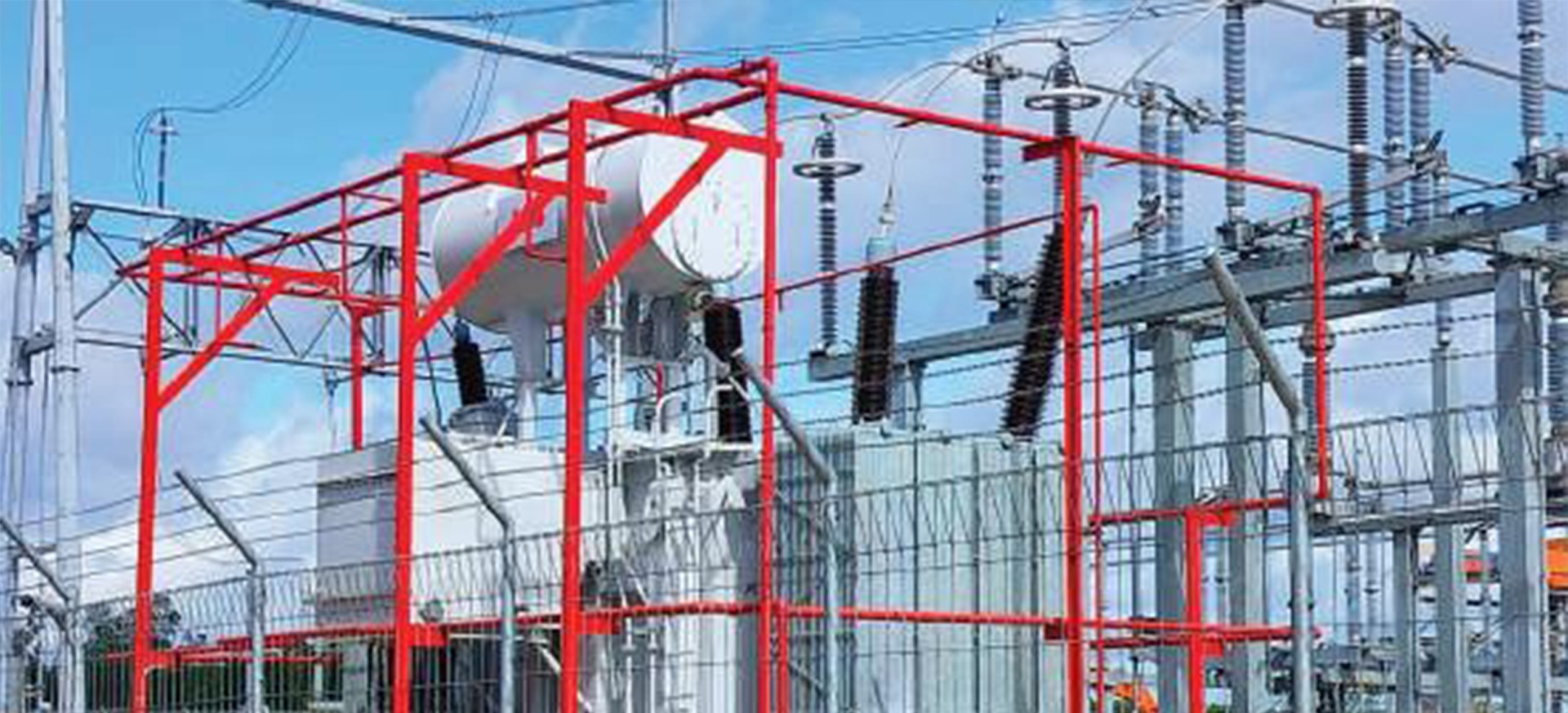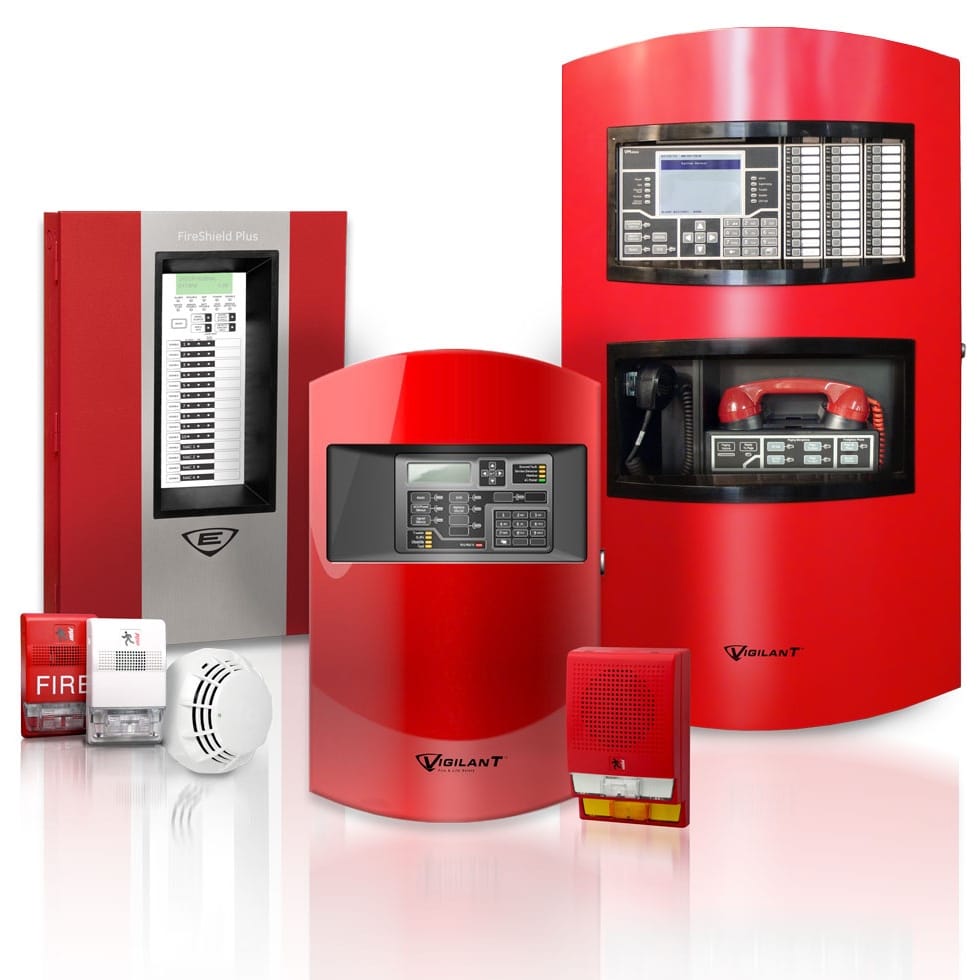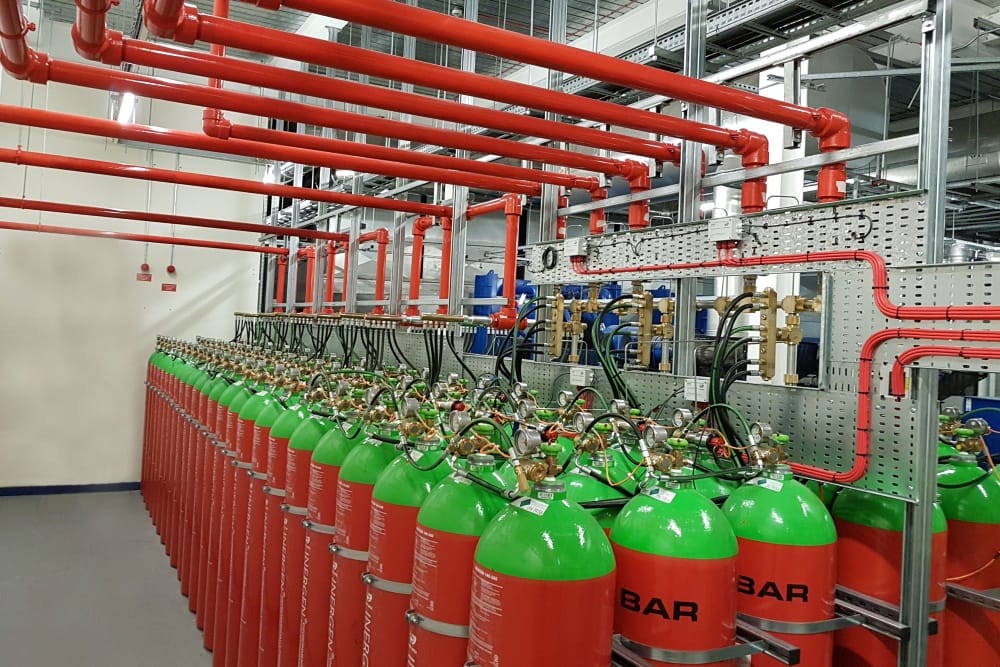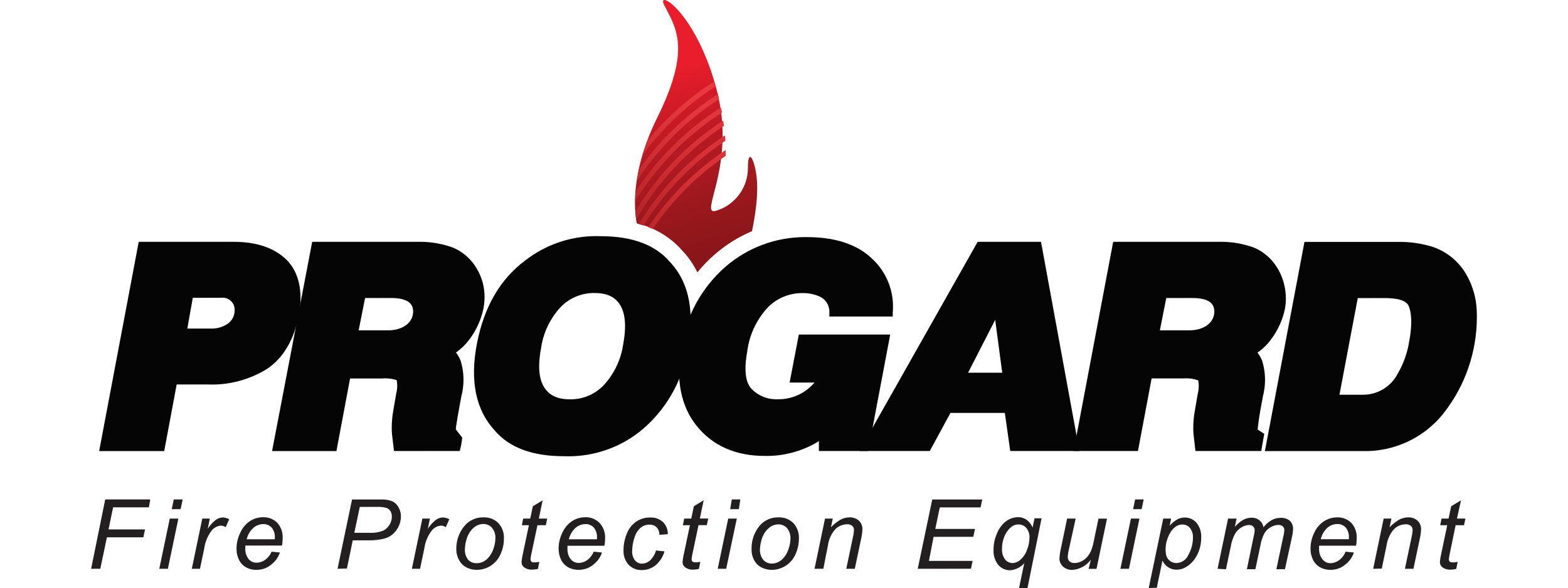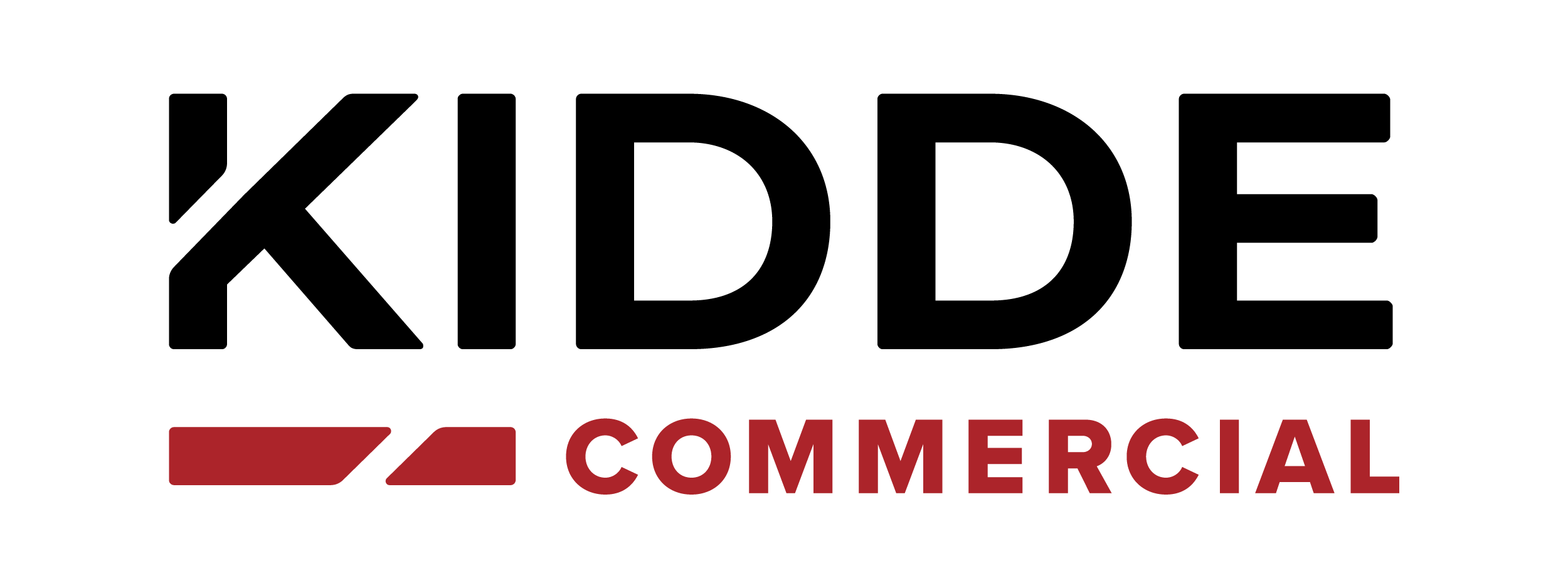Water Spray System

General Objectives & Mechanisms
- Rapid Cooling and Shutdown:Its main function is to cool the fire quickly, preventingflashover, and extinguish the fire directly or control its spread. This is achieved through the absorption of heat by the water as it turns into steam.
- Deluge Operation:Water spray systems typically operate in a “deluge” mode. This means that all nozzles connected to the system will operate simultaneously when a detection system activates the main deluge valve, releasing a large volume of water instantly.
- Specific Hazard Protection:These systems are designed to protect specific high-risk areas, equipment, or structures, not entire buildings like fire extinguishing systems.sprinkler.
Key Features & Components
- Special Spray Nozzle:
- Open Orifice: Different from sprinkler, the water spray nozzles have open orifices (without heat sensitive elements). This allows instant and simultaneous release of water from all nozzles.
- Specific Spray Patterns:Nozzles are engineered to produce a specific spray pattern (e.g., full cone, flat spray, hollow cone, or directed jet) and water droplet size that is effective in covering the protected hazard.
- High Speed vs. Low Speed:Depending on the application, nozzles can be high velocity (for extinguishing and cooling flammable liquids) or low velocity (for exposure protection and cooling).
- Material Compatibility:Nozzles are made of materials that are resistant to corrosion and high temperatures, often brass, stainless steel, or special alloys.
- Detection System:
- Independent Activation:Water spray systems rely on a separate and independent fire detection system to trigger their operation.
- Detector Type:Common detection methods include:
- Heat Detector: Constant temperature or rate of rise.
- Flame Detector:Infrared (IR), Ultraviolet (UV), or multi-spectrum.
- Smoke Detector:While it is rare for instant deluge to occur, it can be part of a broader detection scheme.
- Manual Release Station:For human activation in case of emergency.
- Deluge Valve:
- Central Control:The deluge valve is the main control valve for the system, holding back the water supply until activated by a detection system.
- Quick Opening:Designed for quick opening to ensure instant water delivery to all nozzles.
- Reset Mechanism:Generally requires manual reset after activation.
- Water Supply:
- High Flow and Pressure:Requires a reliable water source capable of providing the flow rate and pressure necessary for the entire system to operate effectively.
- Special Supply:Often have a dedicated water supply (e.g., large storage tanks, fire pumps) to ensure adequate capacity.
- Pipeline Network:
- Dry Pipe System:The piping downstream of the deluge valve is usually dry (filled with air or nitrogen) until the system is activated. This prevents freezing in cold climates and reduces corrosion.
- Hydraulically Designed:The pipes are precisely designed based on hydraulic calculations to ensure even distribution and adequate pressure across all nozzles.
- Drainage:
- Efficient Drying:Effective drainage is essential to prevent water accumulation and potential damage, especially when large volumes of water are discharged.
- Alarm:
- Alarm Audible dan Visual:Provides immediate notification of system activation to occupants and firefighters.
Specific Applications & Protection
- Storage & Processing of Flammable Liquids:Widely used to protect tanks, pumps, processing equipment and filling racks containing flammable liquids and gases (e.g., LPG, LNG).
- Transformers & Electrical Equipment:Effective for cooling and preventing the spread of fire in large power transformers and other electrical equipment.
- Conveyor System:Protection against the spread of fire along the conveyor belt.
- Structural Protection/Exposure:Used to cool surrounding structures or equipment exposed to radiant heat from a nearby fire, preventing ignition or structural failure.
- Storage of Hazardous Materials:Protection of storage areas for flammable or highly reactive materials.
- Specific Industry Hazards:Tailored solutions for unique industrial processes with specific fire risks.
Profit
- Quick response:Instant water application after detection.
- Effective Cooling:Superior cooling capability due to large water volume and specific spray pattern.
- Hazard Specifics:Highly customizable to the specific hazard being protected.
- Contamination Control:Can be used with additives for special fires.




- Our Products
- Fire Protection Systems & Products
- Sales & Inquiries

